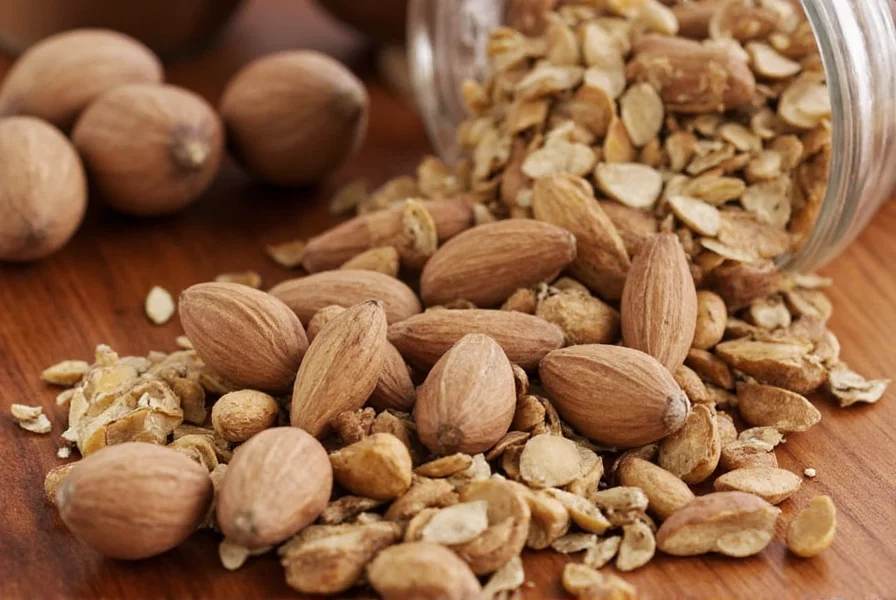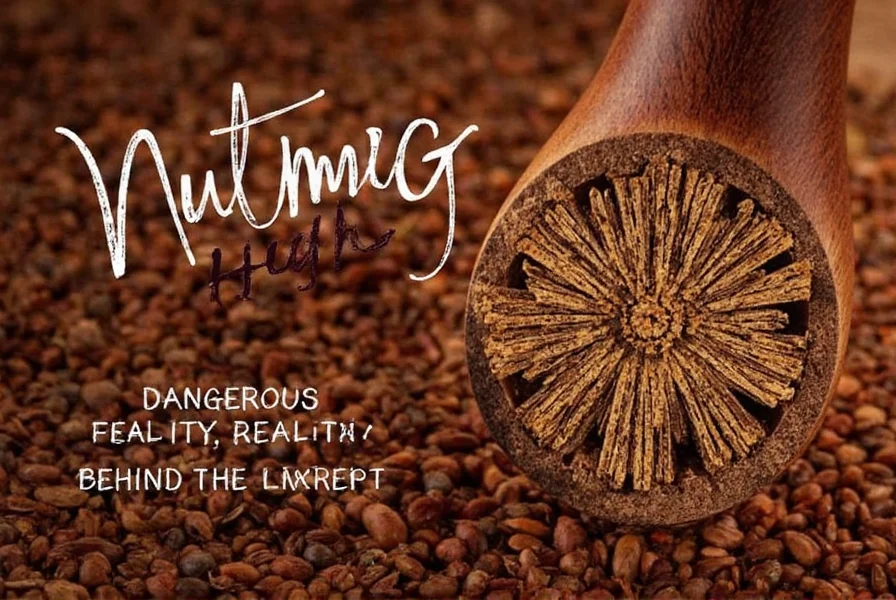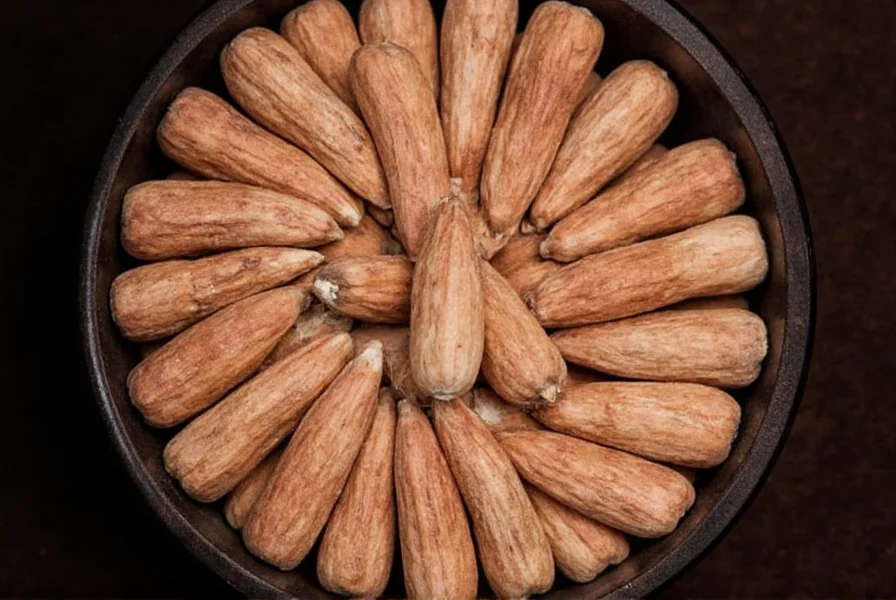Nutmeg, a common kitchen spice derived from Myristica fragrans seeds, has gained notoriety online as a potential recreational substance. However, the reality of can nutmeg get you high involves serious health considerations that outweigh any fleeting psychoactive effects.
The Science Behind Nutmeg's Psychoactive Properties
Nutmeg contains myristicin and elemicin, organic compounds that metabolize into amphetamine-like substances in the body. These compounds interact with neurotransmitter systems, potentially causing altered states. However, the nutmeg high effects only manifest at doses far exceeding culinary use—typically 5-30 grams (1-6 teaspoons), compared to the 0.5-1 gram used in cooking.
Research published in Forensic Science International confirms that myristicin requires substantial quantities to produce psychoactive effects. The European Monitoring Centre for Drugs and Drug Addiction notes that nutmeg psychoactive properties emerge only at toxic levels, making it an extremely unsafe substance for recreational use.

Health Risks of Nutmeg Intoxication
Attempting to achieve a nutmeg high carries significant dangers. The National Poison Data System reports increasing cases of nutmeg toxicity, with symptoms appearing 3-6 hours after ingestion and lasting up to 72 hours. Common effects include:
| Physical Symptoms | Psychological Symptoms | Severe Complications |
|---|---|---|
| Extreme nausea/vomiting | Anxiety and panic | Tachycardia (140+ BPM) |
| Dry mouth | Paranoia | Hypertension |
| Flushing | Visual hallucinations | Seizures |
| Abdominal pain | Confusion | Acute kidney injury |
Unlike controlled substances, nutmeg drug effects are unpredictable and potentially life-threatening. The American Association of Poison Control Centers emphasizes that nutmeg toxicity symptoms often require emergency medical intervention, with no established antidote.
Why Nutmeg Is Not a Safe Alternative
Many search for how much nutmeg to get high seeking legal alternatives to controlled substances. However, medical literature consistently shows that the margin between psychoactive and toxic doses is dangerously narrow. A 2021 Journal of Medical Toxicology review documented cases where 10-15g doses (about 2-3 teaspoons) caused hospitalization.
Unlike regulated substances with known safety profiles, nutmeg hallucinogenic effects come with severe physical consequences. The delayed onset (3-6 hours) often leads users to consume additional doses, increasing overdose risk. Emergency physicians report that nutmeg side effects when trying to get high frequently result in ER visits for cardiac monitoring and symptom management.

Medical Guidance on Nutmeg Consumption
Healthcare professionals universally advise against using nutmeg for recreational purposes. The FDA recognizes nutmeg as safe for culinary use (<1g daily), but explicitly warns against higher doses. If someone has consumed potentially dangerous amounts:
- Seek immediate medical attention if experiencing rapid heartbeat, severe nausea, or confusion
- Do not induce vomiting without professional guidance
- Bring the nutmeg container to help medical staff determine dosage
For those experiencing substance use challenges, SAMHSA's National Helpline (800-662-4357) provides confidential support and treatment referrals. Safer alternatives exist for those seeking therapeutic or recreational experiences under professional supervision.
How long does a nutmeg high last compared to other substances?
Nutmeg effects typically begin 3-6 hours after ingestion, peak at 8-12 hours, and can last 24-72 hours. This extended duration significantly differs from conventional substances like cannabis (2-4 hours) or psilocybin (4-6 hours), creating prolonged physical distress rather than a controlled experience.
Can cooking with normal amounts of nutmeg cause psychoactive effects?
No, culinary use of nutmeg (typically 0.1-0.5g per serving) contains insufficient myristicin to produce any psychoactive effects. The compound requires 10-30 times normal cooking quantities to potentially affect the central nervous system, which would make food inedible due to extreme bitterness.
Are there documented cases of serious harm from nutmeg misuse?
Yes, medical journals document numerous cases including acute psychosis requiring hospitalization, cardiac arrhythmias needing emergency treatment, and kidney damage. A 2020 study in Clinical Toxicology reported 127 nutmeg-related ER visits over 5 years, with 37% requiring intensive care monitoring for cardiovascular complications.
Does nutmeg show up on standard drug tests?
No, standard drug screenings do not detect myristicin or its metabolites. However, medical professionals can identify nutmeg toxicity through symptom assessment and specialized testing if suspected. The absence of detection doesn't indicate safety, as physical damage still occurs.
What are safer alternatives for those seeking mild psychoactive experiences?
For therapeutic purposes, consult healthcare providers about FDA-approved options. For recreational exploration, many find safer experiences through meditation, sensory deprivation tanks, or professionally guided psychedelic therapy where legal. No substance use should ever compromise physical safety or mental health.











 浙公网安备
33010002000092号
浙公网安备
33010002000092号 浙B2-20120091-4
浙B2-20120091-4